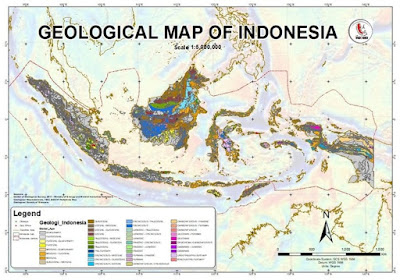PAPER 1970 _Lowell and Gilbert _Lateral and Vertical alteration
The geologic history of the San Manuel-Kalamazoo deposit has provided an opportunity for the examination of vertical and horizontal zoning relationships in a porphyry copper system. Precambrian Oracle "granite," a Laramide monzonite porphyry, and a Laramide dacite porphyry are hosts to zones of potassic, phyllic, argillic, and propylitic assemblages shown to be coaxially arranged outward from a potassic core through phyllic, argillic, and propylitic zones. Alteration zones at depth comprise an outer chlorite-sericite-epidote-magnetite assemblage yielding to an inner zone of quartz-K4eldspar-sericite-chlorite. Mineralization zones are conformable to the alteration zones, the ore zone (with a 0.5% Cu cutoff) overlapping the potassic and phyllic zones. Occurrence of sulfides changes upward and outward from dissemination at the low-grade core of the deposit through microveinlet to veinlet and finally vein occurrence indicating the progressively increasing effect of structural control.
Several aspects of San Manuel-Kalamazoo geology suggest that it is exemplary of the porphyry copper deposit group. To test that idea and to evolve three-dimensional aspects of these deposits, a table of geologic characteristics of 27 major porphyry deposits is presented. Consideration of the table indicates that the "typical" porphyry copper deposit is eraplaced in late Cretaceous sediments and metasediments and is associated with a Laramide (65 m.y.) quartz monzonite stock. Its host intrusive rock is elongate-irregular, 4,000 X 6,000 feet in outcrop, and is progressively differentiated from quartz diorite to quartz monzonite in composition. The host is more like a stock than a dike and is controlled by regional-scale faulting. The orebody is oval to pipelike, with dimensions of 3,500 X 6,000 feet and gradational boundaries. Seventy percent of the 140 million tons of ore occurs in the igneous host rocks, 30 percent in preore rocks. Metal values include 0.45% hypogene Cu with 0.35% supergene Cu,
and 0.015% Mo. Alteration is zoned from potassic at the core (and earliest) outward through phyllic (quartz-sericite-pyrite), argillic (quartz-kaolin-montmorillonite), and propylitic (epidote--calcite-chlorite), the propylitic zone extending 2,500 feet beyond the copper ore zone. Over the same interval, sulfide species vary from chalcopyrite-molybdenite-pyrite through successive assemblages to an assemblage of galena-sphalerite with minor gold and silver values in solid solution, as metals, and as sulfosalts.Occurrence characteristicshift from disseminations through respective zones of micro veinlets (crackle fillings), veinlets, veins, and finally to individual structures on the periphery which may contain high-grade mineralization. Breccia pipes with attendant
crackle zones are common.
Expression of zoning is affected by exposure, structural and compositional homogeneity, and postore faulting or intrusive activity. Vertical dimensions can reach 10,000 feet, with the upper reaches of the porphyry environment perhaps only at sub-volcanic depths of a few thousand feet. The vertical and lateral zoning described is repeated with sufficient constancy that depths of exposure at many deposits can be cited against the model of San Manuel-Kalamazoo.
Several lines of evidence suggest relatively shallow depths of formation and significant variations in water content in the porphyry environment. Shallow emplacement is consistent with the appearance of breccia pipes associated with ring and radial diking and with vertically telescoped zoning. Models of the source of altering-mineralizing fluids are considered.






Comments
Post a Comment